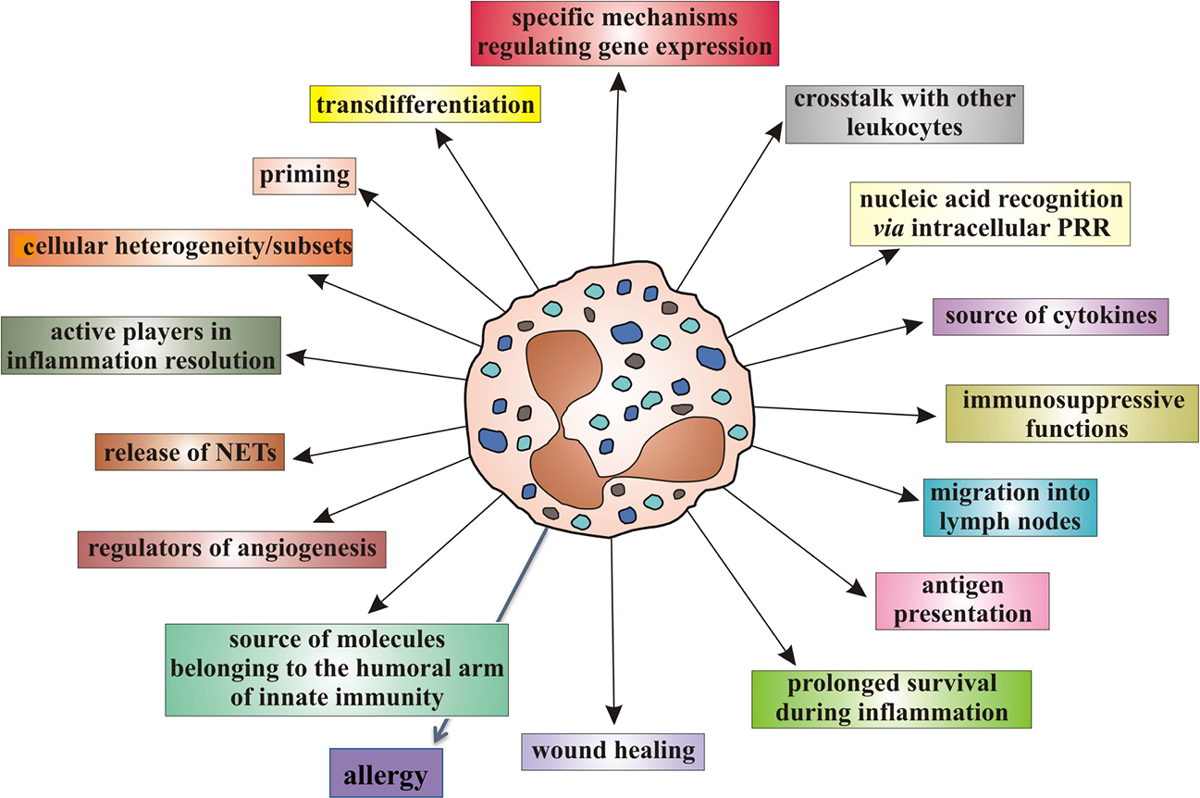Use of Post-isometric Relaxation in the Chiropractic Management of a 55-year-old Man with Cervical Radiculopathy
SOURCE: J Canadian Chiropractic Assoc. 2012 (Mar); 56 (1): 9-17
Peter Emary, BSc, DC
Private practice: Parkway Back Clinic, 201C Preston Parkway, Cambridge, Ontario, N3H 5E8. Phone: 519-653-2101. E-mail: drpeter@parkwaybackclinic.ca
Introduction
Cervical radiculopathy (CR) is an impingement or inflammatory irritation of the cervical spine nerve root(s), resulting in pain (or numbness) radiating along nerves of the upper extremity; [1,2] the C6 and C7 levels are most often affected. [1,3] Limited research is available on the incidence and prevalence of CR; however, the incidence rate (in Rochester, Minnesota) has been reported at 83.2 cases per 100,000 people per year (107.3/100,000 for males vs. 63.5/100,000 for females), with peak incidence in those aged 50–54 years. [1] A history of physical exertion or major trauma precedes the onset of symptoms in less than 15% of cases. The most common causes are cervical spondylosis and intervertebral disc herniation, [1,3] accounting for approximately 70% and 20% of cases, respectively. [1] In the former, posterior vertebral body osteophytes and/or facet joint/ligamentum flavum hypertrophy encroach upon the intervertebral foramen; posterolateral herniation of disc material results in foraminal encroachment in the latter. In either case, cervical nerve root pain and dysfunction can occur. [4]
There are other similar articles at the:
Post-isometric relaxation (PIR) is a technique often used by manual therapists (including some chiropractors) for treating muscle tension and joint dysfunction in myofascial pain syndromes; [5] however, studies investigating its effectiveness in the treatment of CR are extremely scarce. This case report chronicles the successful management of a 55-year-old patient diagnosed with CR using spinal manipulative therapy (SMT) and cervical paraspinal PIR stretches.
Case Report
History
A 55-year-old white male presented with severe and progressive right-sided neck, shoulder blade, and arm pain. He woke up (a week earlier) with pain after spending the day at home installing ceiling tiles. His arm pain was now described as a constant “burning” sensation, wrapping around through his right triceps muscle to the lateral forearm. The pain severity was graded as a 9 on a numeric rating scale of 10. The patient’s symptoms also included generalized weakness and “numbness” in his right hand. Any attempt to lift or reach would shoot a “stabbing” pain down his right arm. Holding the arm (bent at 90°) close to his body was palliative. Coughing, sneezing, or bearing down for a bowel movement (i.e. Dejerine’s Triad) did not reproduce the neck, shoulder blade, or right arm pain. The patient also denied any lower extremity or myelopathy symptoms, and exhibited normal gait. Medically prescribed anti-inflammatories (Naprosyn), muscle relaxants (Robaxin), heat therapy, and time off work had not provided any relief.
Medical history was remarkable for coronary artery disease, including angioplasty surgery (4 years prior). Medications included Lipitor, Altace, Rhoxal-bisoprolol, and Aspirin. The patient denied any motor vehicle accidents, major falls or injuries, and had no previous history of neck problems. He had seen a chiropractor once before because of lower back pain, with good results. He was married with 3 children and had been employed as a shipper/receiver for the past 7 years. He did not smoke and consumed an average of 7 alcoholic beverages per week. He also walked a total of 2 hours per week for exercise and took a daily multivitamin.
Examination Findings
Read the rest of this Full Text article now!





Leave A Comment